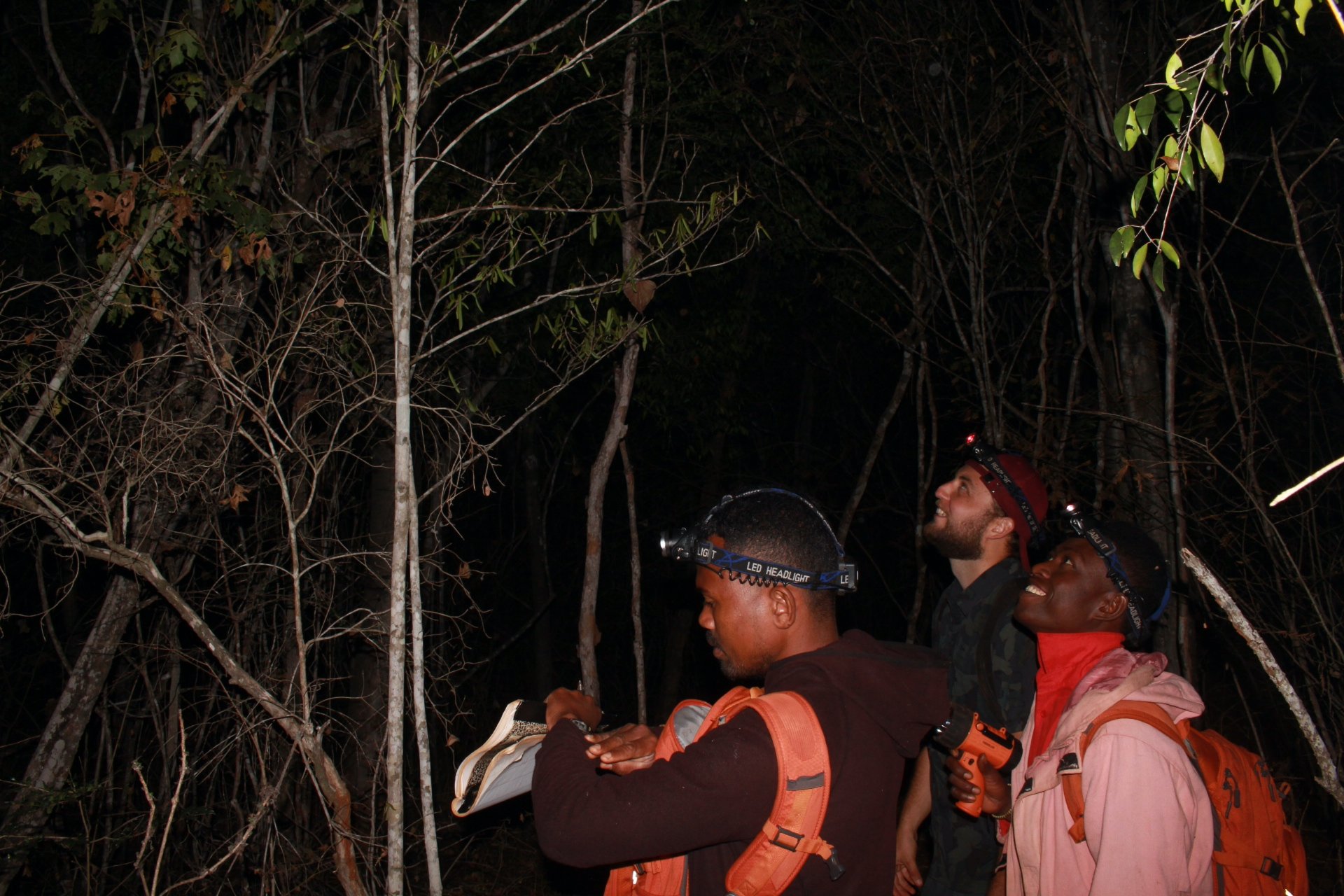Tropical dry forest
Biodiversity
During the rainy season, tropical dry forests can appear to be a sea of green with very little variation.
This is partly because so many plants flush their new leaves around the same time. The leaves then follow similar aging processes and drop during the dry season. For this reason, the wet season is sometimes referred to as the “green season”, which is followed by the “yellow season.”The dry season is called yellow because the color of the forest is dominated by the warmer colors of the wood and soils without the green reflectance from the leaves. Not all plants in a tropical dry forest are deciduous, however. So the yellow, dry season is a complex patchwork of microhabitats with different types of vegetation, experiencing different rates of drying, leaf succession, and exposure of soils to sunlight.

Many people are surprised to see orchids and other types of epiphytes growing in a tropical dry forests because these plants get their water from the moisture in the air. However, ground water and precipitation are not the only sources of water for plants in tropical dry forests. Indeed, the tropical dry forests of western Madagascar can be quite damp on the cool mornings of the dry season due to the morning dew or low clouds that roll in off of the coast.
Coping with Scarcity
Animals living in tropical dry forests have to be able to thrive in, or at least cope with, the lush green season and the dry yellow season. Some animals avoid these changes by migrating or hibernating. The species that continue to be active have to deal with limited or very different foods, different temperatures, and very limited water. Some animals may search long and far for water trapped in tree hollows or small ponds, others may start to eat plants or plant parts that they normally ignore, just to get the water. Verreaux’s sifaka, lemurs living in the southwestern dry forests of Madagascar, like the dew off of leaves and branches.
Seasonality
Taking a leap of faith that the rains will return.
Another aspect of living in such seasonal habitats as dry forests is when to time major life history stages, such as birth, growth, and mating. A number of lemur species living in tropical dry forests time their births so that infants are weaned when the rains return and food resources are increasing. This is a risky strategy, of course, because it can mean giving birth during the difficult dry season and then taking a “leap of faith” that the rains and food will return. When a drought happens and with global warming, the rains may not always return when expected or at all that year.
Biodiversity Monitoring
AID Forests has partnered with researcher Dom Romanello to fund the establishment of long-term
monitoring of the primate biodiversity of Kirindy Forest National Park.





